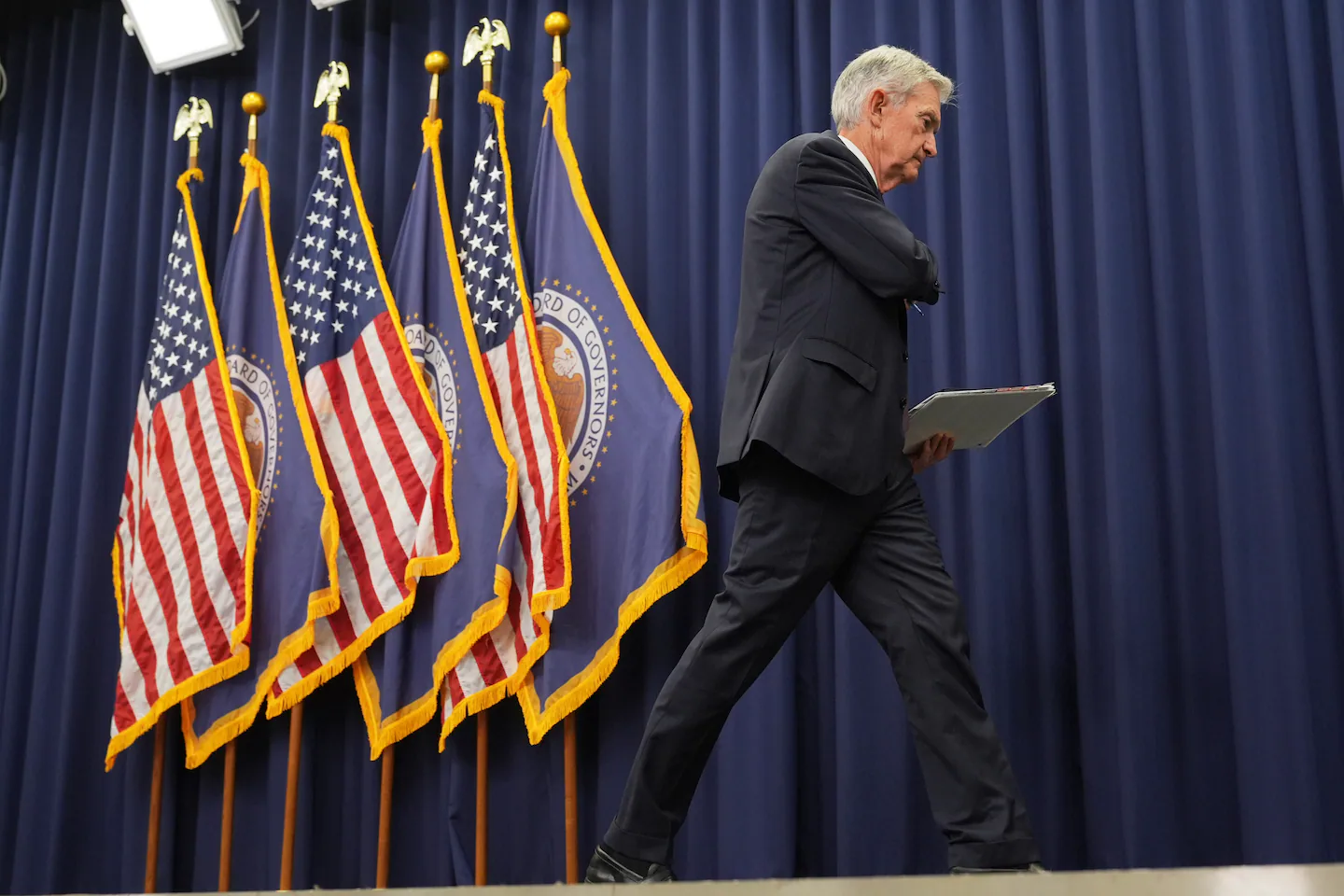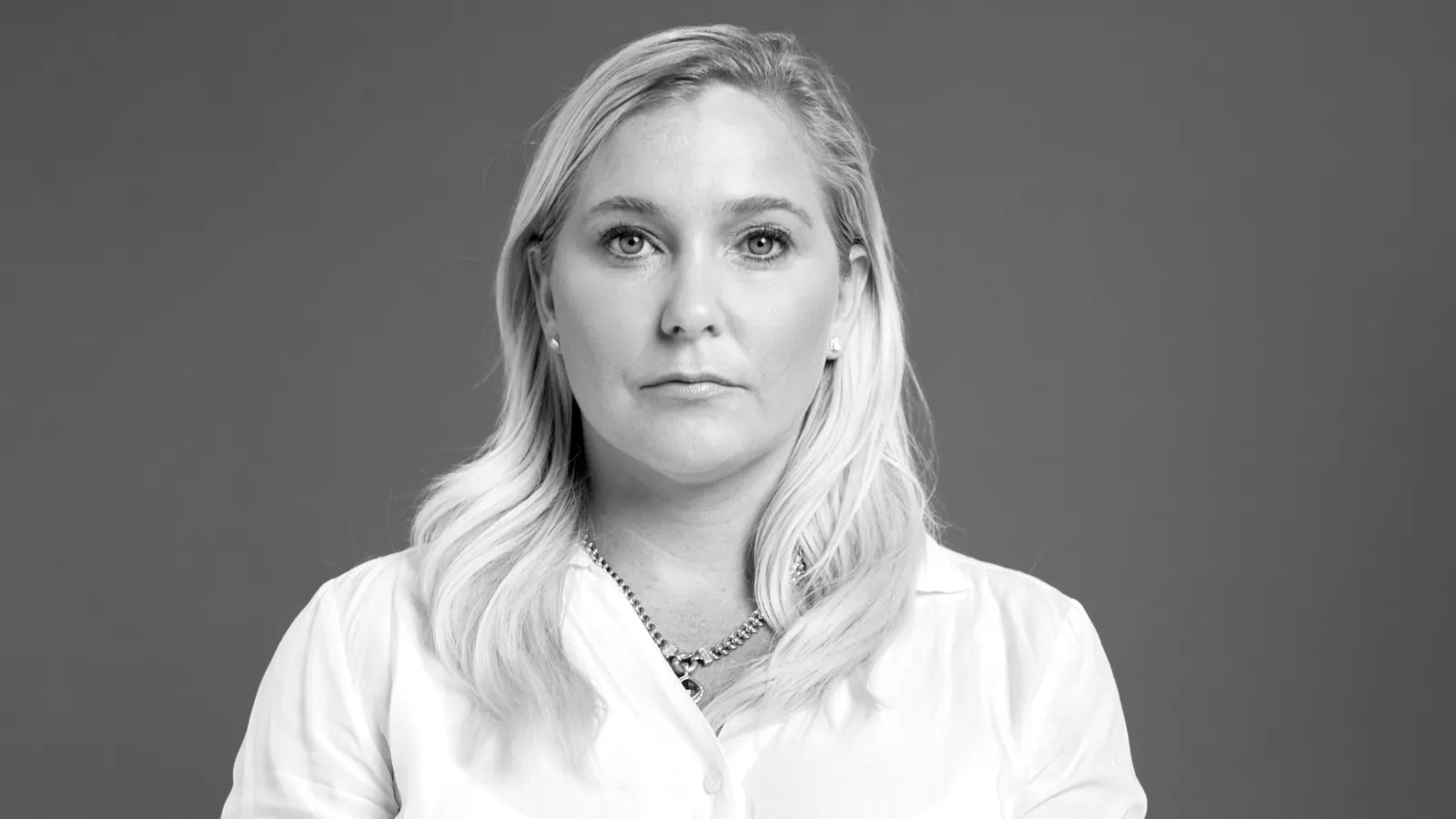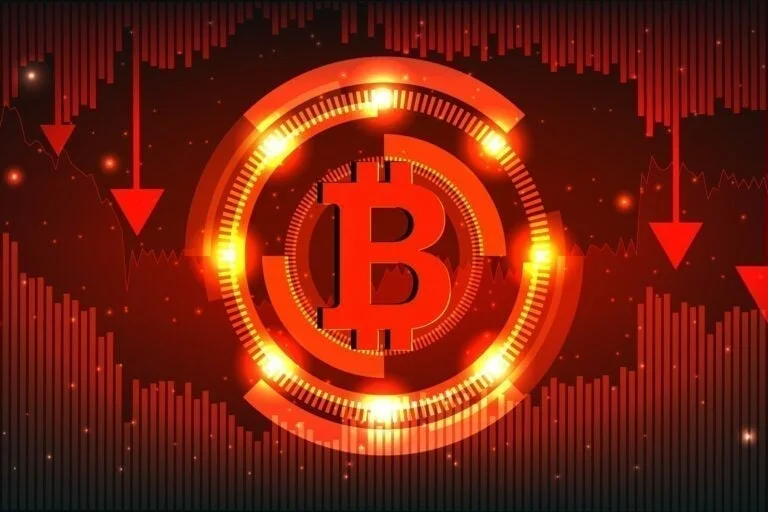Copyright The Boston Globe

The longer the shutdown goes, the harder the Fed’s job will get, with an increasing risk of misjudging an economy that’s flashing mixed signals. Economists say it’s beginning to give off the whiff of stagflation, with elevated inflation coupled with weak employment. “Their crystal ball is hazier than usual,” said Mark Spindel, an investment manager who co-wrote a history of Fed independence. “Monetary policy is always made under uncertainty, it’s just not always made facing these kinds of political broadsides.” The Fed is in a tricky spot: a softening labor market would normally trigger rate cuts to support hiring and the overall economy. Unemployment rose to 4.3 percent in August - the highest since October 2021 - while job growth has stalled, with just 22,000 positions added in August, far below expectations. At the same time, inflation remains elevated at about 3 percent annually, above the Fed’s 2 percent target, fueled partly by Trump’s tariffs on imported goods that have raised costs for manufacturers and consumers. Elevated inflation could limit the ability of the Fed to cut, or make officials reluctant to cut by much beyond Wednesday’s anticipated rate reduction, for fear of juicing the economy in a way that spurs more inflation. A key question revolves around whether firmer inflation stemming from tariffs will prove temporary or whether cost increases will become more entrenched. When households and businesses expect inflation to persist, those expectations can become self-fulfilling as workers demand raises and companies raise prices accordingly. So far, there’s little evidence of that happening. As inflation and the labor market pull in opposite directions, the Fed’s so-called dual mandate has turned into “dueling mandates,” quipped Diane Swonk, chief economist at KPMG. She says the central bank has chosen caution - moving slowly to manage both risks - amid echoes of the stagflationary 1970s. “It’s not the 1970s, but it has a familiarity with the 1970s,” she said. However, if the government remains shut down for another month, the Fed’s job gets much harder with a lack of official data on jobs, inflation and growth when it meets for the last time this year in December. Earlier this month, the Trump administration recalled a small team of furloughed workers to complete the latest consumer price index but said a continued shutdown would likely prevent the government from releasing an inflation report for October. Ironically, Trump’s repeated calls for a steep rate cuts are unlikely to gain traction unless new data shows a sharp weakening in the job market - the kind of evidence that’s now out of reach. Powell has said the Fed faces no “risk-free path” on policy and has tried to tune out Trump’s attacks, saying the Fed will set policy based on its read of the economic picture and not politics. Even as Powell insists on independence, the Fed has quietly adjusted to the new political climate, as it seeks to align its policies with the rest of government. The Fed has shelved diversity and climate-related initiatives announced during the Biden administration, ordered a 10 percent cut in staff and required employees to return to the office full time. In return, it has received little reprieve. Trump has installed his own Council of Economic Advisers chairman as a Fed governor, albeit on leave from the White House, and continues to press for deeper rate cuts. Meanwhile, Trump is seeking to oust Lisa Cook, a Biden-appointed Fed governor, over allegations she engaged in mortgage fraud. She denies the charges and has sued to remain on the Fed board while she challenges her firing, the first such attempted dismissal of a sitting governor in the Fed’s 111-year history. The Supreme Court has agreed to weigh in but has deferred a decision on the matter until after oral arguments in January. In recent weeks, Trump has continued to taunt the central bank, even sharing an AI-generated image of himself firing Powell - a not-so-subtle reminder of the political pressure surrounding Wednesday’s decision. One upshot is that the Fed is navigating with less data and less political support, a sharp contrast to Trump’s first term, when key Republican senators rallied around Powell amid similar attacks. Today, most of those lawmakers are no longer in office. And a few Republican senators backed Trump’s attacks and called on Powell to resign. “We know that presidents in the past have attempted to influence monetary policy,” said Loretta Mester, who was president of the Cleveland Fed until last year. “What’s different this time is it’s all in the open, it’s unrelenting and the vitriol is quite striking.”



